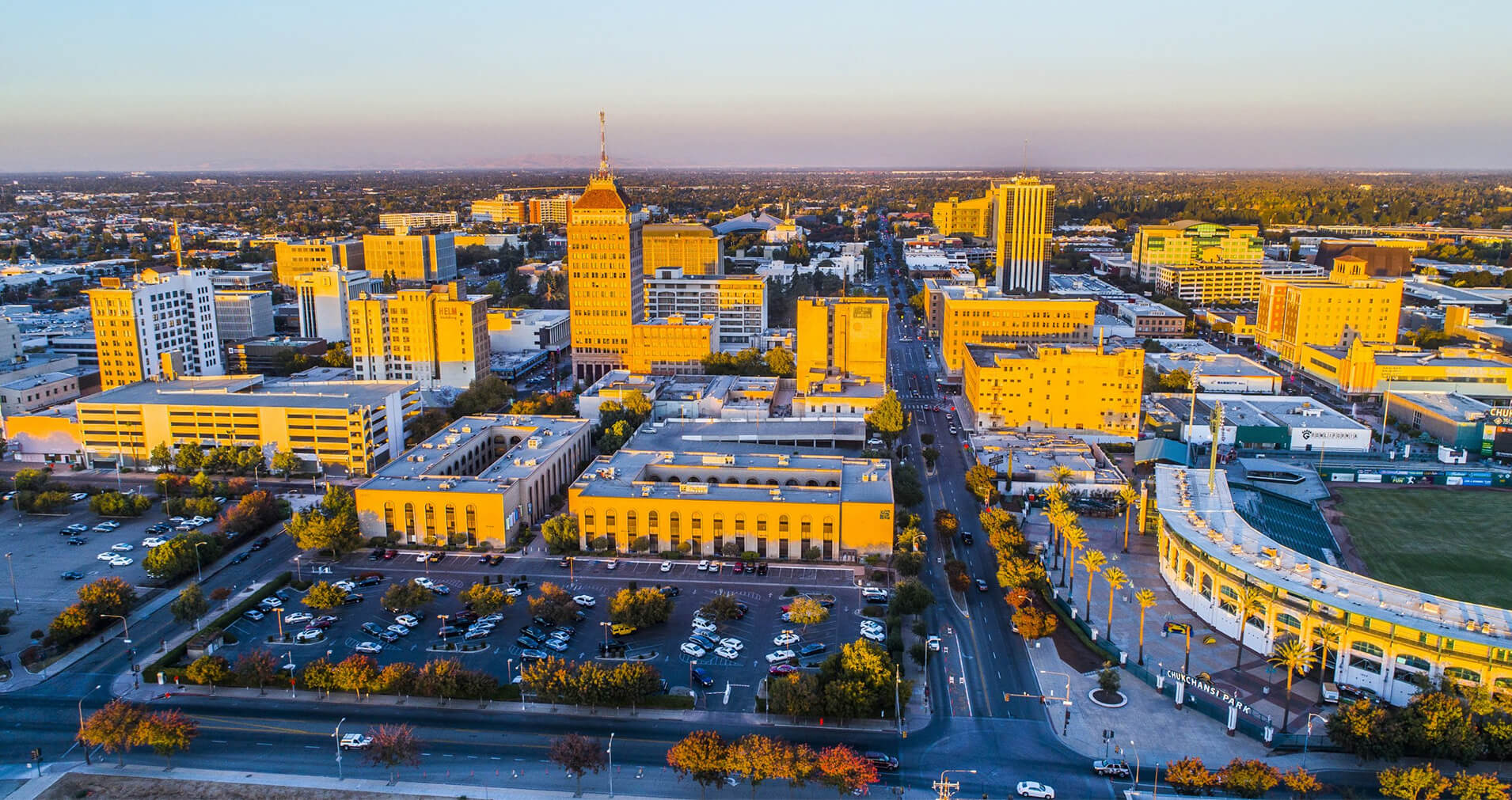Most people view wildfires as deadly no thanks in part to the news media who prefer to highlight those that are frighteningly destructive and deadly. However, there are instances when ecological fire or wildfires are beneficial because of its positive contribution to the ecosystem both within the burn area and its vicinity.
This article will focus on two Alder wildfires. one of which occurred during the destructive and deadly 2018 wildfire season in California. The other Alder wildfire occurred in Arizona’s Coconino National Forest in 2018.
If you know someone who has been a victim to a wildfire, have them contact our California wildfire lawyers for a free consultation.
California Alder Fire of 2018
The year 2018 saw the most destructive and deadliest season in California’s recorded history. The Potter Valley Fire became the largest wildfire with a burn area of more than 460,000. With more than $16 billion in damages and more than 80 fatalities, the Butte County Camp Fire became the state’s worst wildfire ever.
As these wildfires grabbed the headlines, beneficial wildfires such as the Alder Fire did not get much attention. Unlike the Nurse fire, the Alder fire was caused by a lightning strike on October 4, 2018 at around midnight. The ignition point was five miles north of Camp Nelson in Giant Sequoia National Monument. Two other fires were also ignited within the vicinity of Alder Fire. These were the Mountaineer, half-a-mile east of Alder Fire and Moses Fires, one mile south of Moses Mountain.
Alder Fire, along with Mountaineer and Moses Fires continued to smolder for the next two months. Firefighters were successful in directing the wildfire towards an area with an extensive tree mortality and heavy fuels on the ground. Moses Fire on the other hand, burned through a patch of timber near a rocky area.
By December 17, 2018, all of the fires were declared out. Alder Fire left a burn area of more than 4,600 acres, while Mountaineer and Moses fires burned through 1,270 and 19 acres respectively. These fires burned through an area with heavy fuel loads and standing dead trees called snags. Clearing these types of fuels and hazards, will pave the way for newer growth, limit the fuel for future fires and make future wildfire containment easier for firefighters.
Arizona Alder Fire of 2018
The Alder prescribed fire in 2018 started in a logging area in May 11, 2018 where it quickly spread through a timber pile. Wind drove and pushed the blaze into Ponderosa pine trees and further fueled it with an undergrowth of grass, gamble oak and small aspen. Within 20 minutes, the fire grew from half-an acre to over 20 acres, burning through more trees as fire crews arrived. The firefighters, however, were able to manage and control the fire within a few days and completed mopping up operations on May 14, 2018. The success and ease of managing the Alder Fire of 2018 was attributed to a previously prescribed fire to reduce fuel loads in the area.
These two wildfires are good examples of beneficial wildfires. Such fires are needed to maintain the balance in the ecosystem, mitigate the dangers of future wildfires, and provide firefighters and residents with additional protection.

